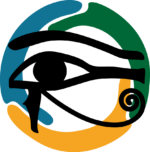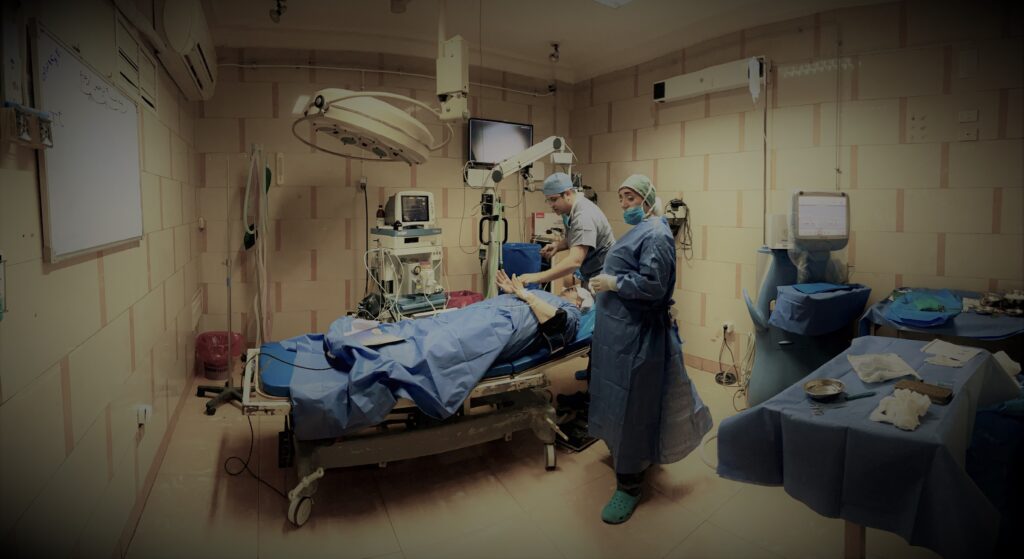Lessons From our First Surgery Day
by Yassin Nayel
The first day of surgery was a powerful, challenging, and educational experience. We funded 3 surgeries for patients from a rural area outside of Cairo. The challenges began the first moment we met the patients. Ignorance on my side led me to ask the first patient to sign a consent form completely forgetting that there was a possibility they did not know how to write. The patient subtly tried telling me that they did not, but I could tell they had been affected by the question.
The second challenge arose while asking the patients to describe their condition and symptoms. In rural areas of Egypt, education levels are low and people tend to be religious. Therefore, when asked what brings them to seek healthcare for their eyes, they continuously thanked God and did not state their symptoms. I think this was due to a fear that describing their condition could make it seem like they were not grateful for whatever God has given them. However, when I asked the question several times the patients started to describe what they were struggling with. They all mentioned the severe pain that they had to live with as well as their deteriorating vision.
Issues that delayed the patients access to healthcare were diverse. The first and most important were financial barriers. The patients knew that they could not afford to consult a physician about their condition, let alone pay for surgery if they needed one. Therefore, in the case of these 3 trichiasis patients, they had to first be diagnosed by a foundation that covered their physician consult, then await funding for surgeries after their need was determined. This was eventually provided by Collaborative Vision. Another cause that delayed patient access to care was geographical barriers. Most specialists in the country are concentrated in Cairo and therefore it becomes very difficult for patients outside of Cairo, especially those with low socioeconomic status, to travel to seek care. In the case of these first 3 patients, this challenge was bridged by a local volunteer from their village. He volunteers his time and vehicle to take patients in to see specialists in Cairo, in addition to looking for charitable organizations to cover the patients’ medical costs.
Finally, another challenge that was common in all three cases was fear. All patients stated that they were not only afraid of complications during surgery, but they were also afraid of leaving their village and travelling to a big city. In addition to that, they all expressed concern about how their eyelids would look with stitches in them, as they stated that people in their village with stitches on their face were widely made fun of. These are all issues we are working to resolve to ensure the care we fund accessible and patients feel as comfortable as possible.
From an epidemiological and disease management standpoint and talking to multiple ophthalmologists that day, it seemed clear that in Egypt at the moment the only care provided for Trachoma patients is complication management. To practice preventative care in the case of Trachoma, funding is required on a larger scale to first cover Trachoma mapping. This is crucial to be able to develop targeted plans for the management of each mapped community. This brings about another challenge, namely that even with funding, each community will require a different approach for mapping and treatment. For example, some communities have no trust in their local physicians, so screening will have to be carried out by “foreign” doctors, while other communities only trust their local physicians. We were able to see that it is essential to have local community members to inform us of the issues specific to the community.
At the moment, management of the complications of the disease does not only help prevent the progression of the pathology to a worse, more medically challenging condition, but also helps prevent recurrence of the disease, as patients are educated before leaving the clinic about the importance of facial and environmental cleanliness. Patient education in the clinic, however, does not come without challenges and does not guarantee no recurrence, therefore, more work is needed to modify methods of patient education during clinic visits. For example, doctors may tell a patient to not get water on their eyes for a week. They may understand this as they are never supposed to get water in their eyes, which can be dangerous as we know to prevent reinfection, facial and eye cleanliness is key. We were thinking a video shown before the operation may have increased educational power and lead to better outcomes.
The last point I want to mention it is common that patients will hide underlying medical issues from the medical team due to a fear that disclosing this information may cause doctors to deem the case too risky and not go ahead with surgery. This is another factor that must also be considered.
In all, the day was so helpful to get an idea of what we are working towards. So many of these issues never even crossed our minds to begin with, but this is all a learning process for us. It was shocking to hear the women talk about the pain they experience and how this disease so drastically affects their quality of life. This experience has been so motivating and we look forward to doing many more surgeries!

